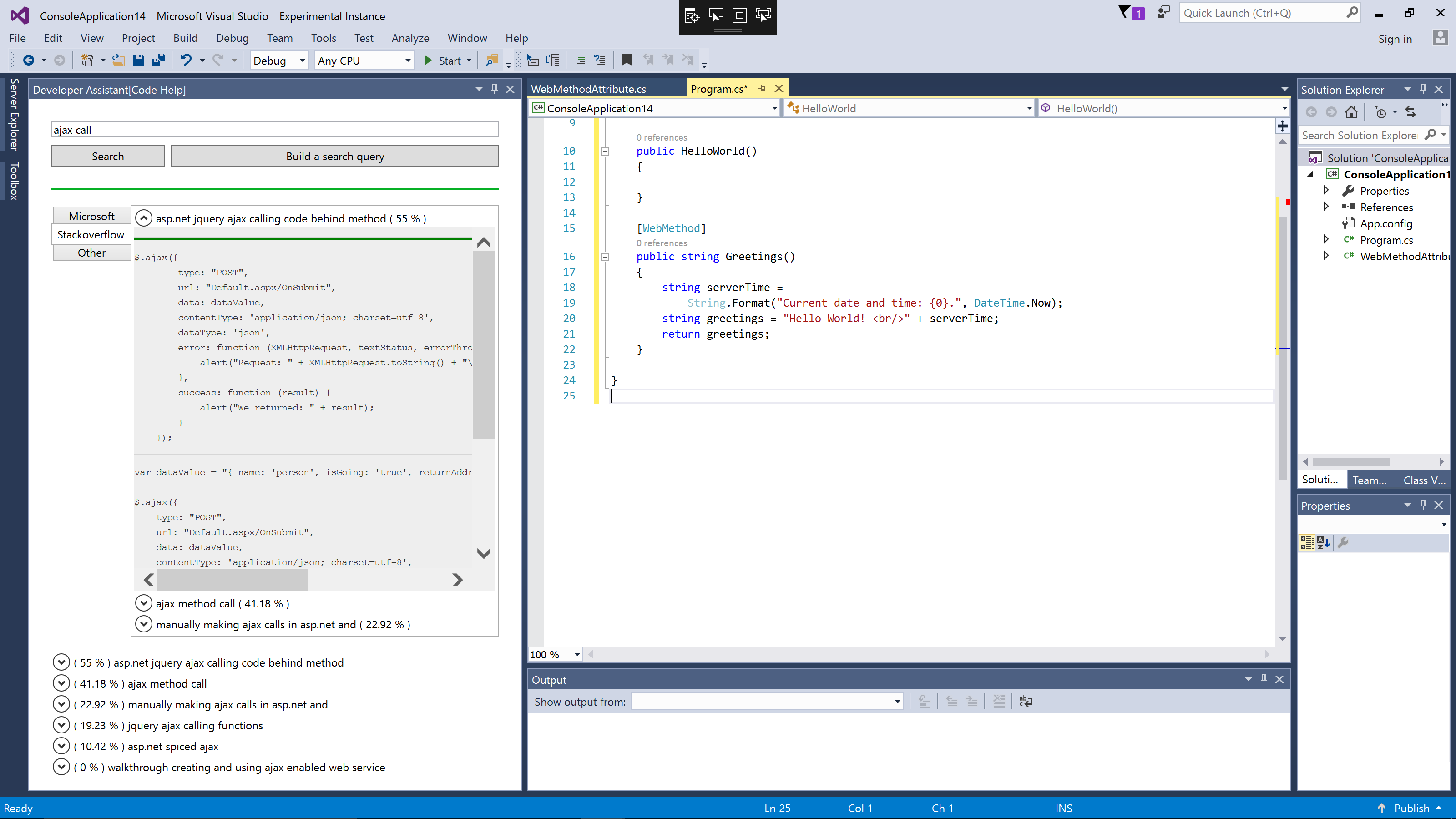
- ANDROID STUDIO TUTORIAL W3SCHOOLS FULL
- ANDROID STUDIO TUTORIAL W3SCHOOLS ANDROID
- ANDROID STUDIO TUTORIAL W3SCHOOLS CODE
Now we need to create our own custom fragment class files ( ListMenuFragment.java, DetailsFragment.java) in \java\ path to bind and display data in fragments for that right-click on your application folder à Go to New à select Java Class and give name as DetailsFragment.java.

ANDROID STUDIO TUTORIAL W3SCHOOLS CODE
Once we create a new file listitems_info.xml, open it and write the code like as shown below Listitems_info.xml Now we need to create our own custom fragment layout files ( listitems_info.xml, details_info.xml) in \res\layout path to display those fragments in the main layout for that right-click on your layout folder à Go to New à select Layout resource file and give name as listitems_info.xml.
ANDROID STUDIO TUTORIAL W3SCHOOLS ANDROID
In case if you are not aware of creating an app in android studio check this article Android Hello World App. It is called immediately after the fragment disassociated from the activity.įollowing is the example of creating a two fragments, two buttons and showing the respective fragment when click on button in android application.Ĭreate a new android application using android studio and give names as Fragments. It is called to perform a final clean up of the fragments state. The view hierarchy associated with the fragment is being removed after executing this method.

It is called to stop the fragment using the onStop() method. It is called when fragment is no longer visible and it indicates that the user is leaving the fragment. It is used to make the fragment visible in an activity.

It is called when the fragment activity has been created and the fragment view hierarchy instantiated. It is used to create a view hierarchy associated with the fragment. It is called when the fragment has been associated with an activity. If you observe above example for Tablet we defined an Activity A with two fragments such as one is to show the list of items and second one is to show the details of item which we selected in first fragment.įor Handset device, there is no enough space to show both the fragments in single activity, so the Activity A includes first fragment to show the list of items and the Activity B which includes another fragment to display the details of an item which is selected in Activity A.įor example, GMAIL app is designed with multiple fragments, so the design of GMAIL app will be varied based on the size of device such as tablet or mobile device.įollowing is a pictorial representation of the android fragment life cycle while its activity is running.įollowing are the list of methods which will perform during the lifecycle of fragment in android applications. It’s an optional to use fragments into activity but by doing this it will improve the flexibility of our app UI and make it easier to adjust our app design based on the device size.įollowing is the example of defining a multiple fragments in single activity for the tablet design to display the details of an item which we selected in the app, but separated for mobile design. We can also implement a fragment without having any user interface (UI). In android, we can insert the fragment into activity layout by using element and by dividing the layout of activity into fragments, we can modify the appearance of an app design at runtime. In case if we pause an activity, all the fragments related to an activity will also be stopped. Generally in android, the fragment must be included in an activity due to that the fragment lifecycle will always be affected by the host activity life cycle. In android, the fragment will act as a sub-activity and we can reuse it in multiple activities. We can add or remove fragments in an activity while the activity is running. The fragment has its own lifecycle call-backs and accepts its own input events. We can build multi-pane UI by combining multiple fragments in a single activity and we can reuse the same fragment in multiple activities. By using fragments we can create flexible UI designs that can be adjusted based on the device screen size such as tablets, smartphones.
ANDROID STUDIO TUTORIAL W3SCHOOLS FULL
>This W3School All in One OFFLINE Full Tutorial come with complete comprehensive and responsive layout.In android, Fragments are the modular section of activity design and these are used to represent the behavior of user interface (UI) in an activity.

> It contains Offline W3School Tutorials of the following. >This App can use like Study Material or Reference > This is app is completely offline and the smallest size application of all the existing w3school apps. W3Schools Offline Full Tutorial is W3School All in One OFFLINE (HTML,PHP,JAVASCRIPT,SQL And MYSQL,CSS,HTML5,JQUERY,Bootstrap ,XML ,W3CSS ,Angular ,ASP.


 0 kommentar(er)
0 kommentar(er)
